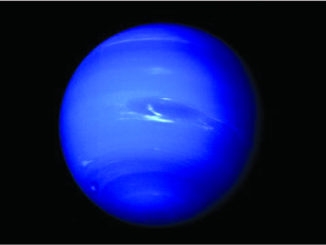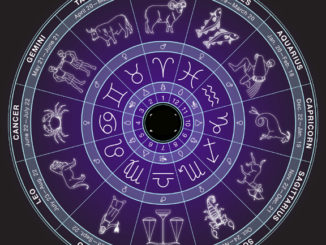
NASA‘s James Webb Space Telescope recently captured “never-before-seen” detail of Cassiopeia A (Cas A), a remnant of a massive star that exploded some 340 years ago. Taking Instagram, the US space agency shared a stunning image of the exploding supernova.
“As the youngest known remnant from an exploded, massive star in our galaxy, Cas A offers unique clues into a star’s death. By studying Cas A, Webb astronomers may also learn more about the origins and production of cosmic dust – which forms the elements we’re made of,” the caption of the post read.
According to NASA’s press release, Cas A is the youngest remnant of a massive star in our galaxy known to mankind. It offers a peek into the supernovae phenomenon and its complexities.
“Cas A represents our best opportunity to look at the debris field of an exploded star and run a kind of stellar autopsy to understand what type of star was there beforehand and how that star exploded,” said Danny Milisavljevic of Purdue University who led the investigation of the Webb program that was responsible for the mid-infrared image. “Compared to previous infrared images, we see incredible detail that we haven’t been able to access before,” added Tea Temim of Princeton University in Princeton, New Jersey, a co-investigator on the program.
As per the space agency, Cas A belongs to the prototypical type of supernova remnant and has been extensively studied by a number of ground-based and space-based observatories, including NASA’s Chandra X-ray Observatory. The remnant spans about 10 light-years and is located 11,000 light-years away in the constellation Cassiopeia.





Be the first to comment